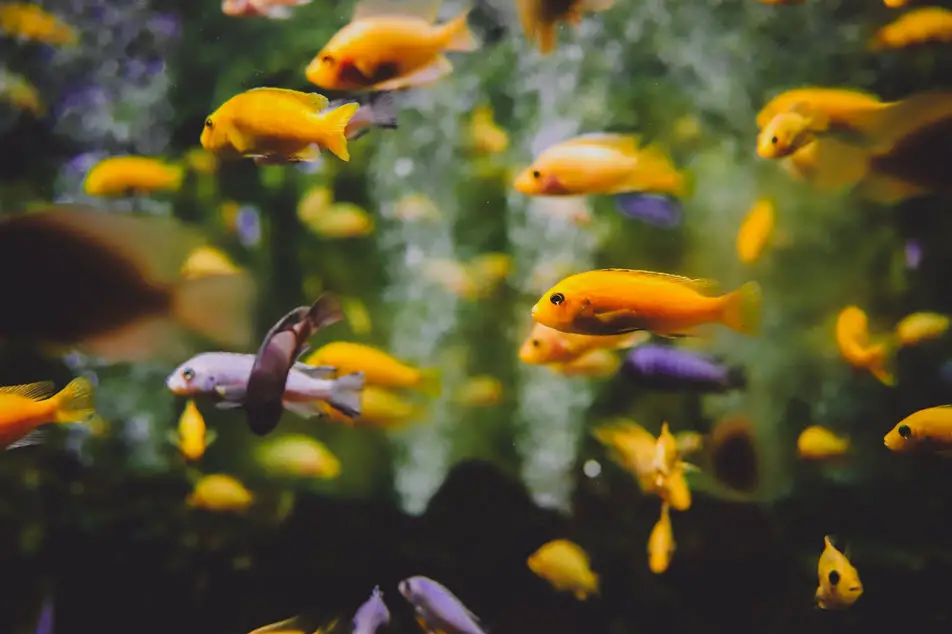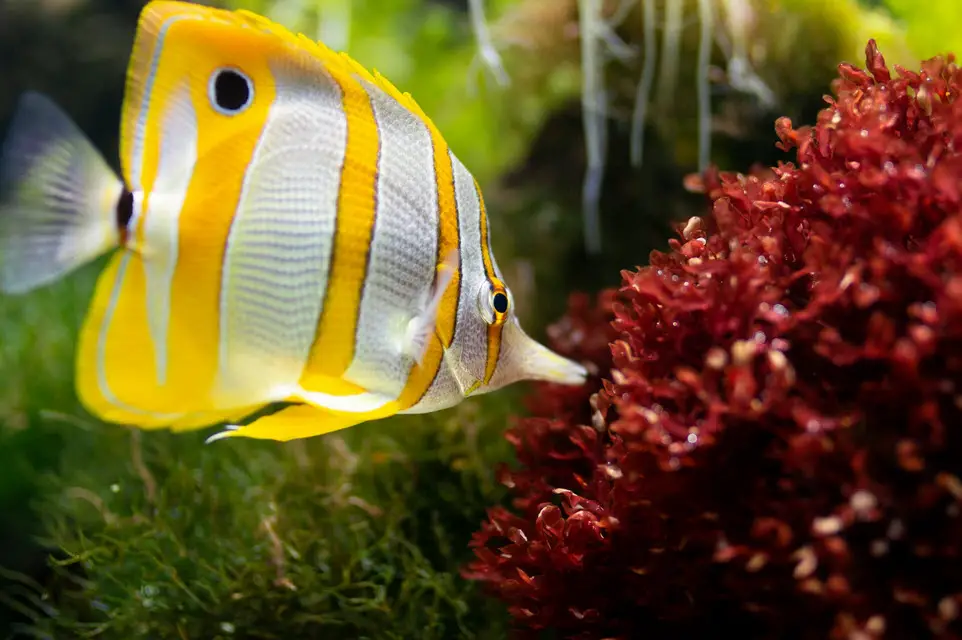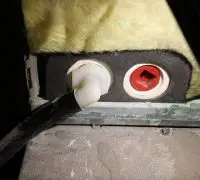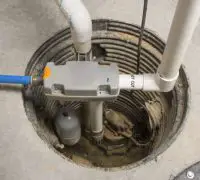A favorite childhood memory is coming home from the pet shop with a goldfish in a bag. On getting home, the new goldfish would be placed in the aquarium, still in the bag, to get it acclimatized to the temperature of the water before being placed with the other fish.
It’s likely the bag your new goldfish was in was filled with tap water, left to settle a few days to make it more similar to the environment in your aquarium. This is because freshwater fish would become sick and die in the water straight from the tap. Tap water has chlorine and a number of additives.
Choosing the right type of water for the fish you have is necessary if you want healthy, thriving fish. Let’s discuss the different types of water, which type of fish they are suitable for, and why.
Page Table of Contents
Freshwater
Freshwater refers to water conditions where the saline content is very low. Therefore, freshwater is any that isn’t seawater. This includes the lake and river water, well and groundwater, and rainwater. Treated tap water qualifies as well.
Species of fish that can live in freshwater are cold-water fish, such as the goldfish spoken above, as well as tropical fish. Even if these two types of fish can live in freshwater, they shouldn’t be placed together in the same aquarium. The reason lies in the incompatible temperatures required for both.
Tropical fish need the water to be warm to replicate the conditions they exist in the wild. This is too heated for cold-water fish and can result in their death.
The best source of freshwater for aquarium fish is room temperature tap water that has been collected and laid aside for a few days. As stated above, this gives the chlorine a chance to dissipate.
Hobbyists advise against the use of lake and river water because they may introduce disease to aquarium fish placed in them. They also suggest rainwater and groundwater should be avoided as well because of possible pollutants.
Brackish
Brackish is a mixture of salt and freshwater typically found at estuaries, where freshwater meets the sea. The fish that inhabit brackish water is just as particular and peculiar as their water type. This is why maintaining the water type and the fish that dwell there require a more experienced hand than freshwater species.
Some of the species that live in brackish are
- Figure 8 pufferfish
- Four-eyed fish
- Dragon goby
Their behaviors are just as interesting as their names. Many brackish species also should be kept in a single tank, meaning they are the only species there. They tend to grow large and some can be aggressive.
Maintaining a brackish environment can be a bit of work as well. Firstly, you can’t mix the fresh and saltwater directly into the tank. This is a process taking days of work. Fresh and saltwater have to be prepared separately, combined, and then heated to the right temperature before being added to the tank. After several days, you can introduce the fish.
Brackish fish prefer warmer temperatures. The water must always be monitored to ensure it doesn’t cross a certain level of salinity.
Saltwater
Saltwater has a high level of salinity. Of the three, saltwater aquariums are considered to be the hardest to maintain, and they are not recommended for beginners.
Like a brackish system, the water must be mixed and added to the tank over the course of several days. Use a hydrometer to test salinity levels. The water has to build up a particular level of nitrogen before it is placed in the tank and the fish are introduced.
 Saltwater aquariums are usually darker to mimic sea conditions. However, if you want to vary your aquarium fauna by introducing coral, you need lights.
Saltwater aquariums are usually darker to mimic sea conditions. However, if you want to vary your aquarium fauna by introducing coral, you need lights.
This type of aquarium environment requires more regular cleaning as it is prone to algae development and the gravel at the bottom needs to be changed regularly as well.
Saltwater species can get large, so get information on the species you plan to purchase. Plenty of people buy the tiny Blue Hippo Tang (Dory in “Finding Nemo” and “Finding Dory”) only to realize the fish can grow to as much as 6 inches and requires lots of space.
You can also keep mollusks and crabs to help you maintain a clean saltwater environment, as they do in the sea.
With aquarium fish, one size definitely does not fit all. Fresh, brackish, and saltwater environments call for different species and treatment for them to be successful.






